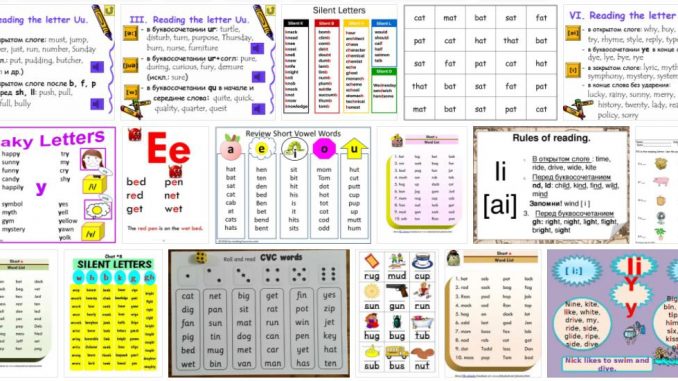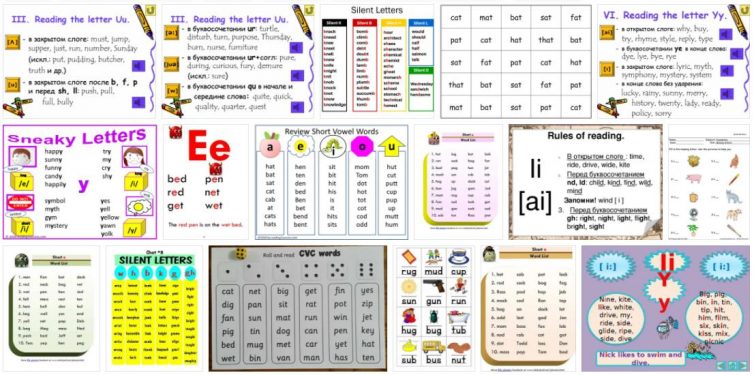
A letter is a written document that a subject sends to another or others in order to establish communication. On the other hand, a reader is called someone who has the habit of reading.
The concept of readers’ letter is used in newspapers and magazines with reference to the messages sent by people who read their content. Usually these letters are motivated by something they have read in the media in question.
It is usual for the media to have a section for readers’ letters, where they publish the correspondence that is sent by people. Many times the letters of readers themselves generate new exchanges of messages.
Let’s look at an example. A man, reading in the newspaper the statements of a doctor about the importance of organ donation, sends a letter to the newspaper to tell about his experience. The reader, in this case, received a heart transplant years ago that allowed him to continue living. The newspaper, upon receiving the letter, decides to publish it in its readers’ letters section.
For many years, letters from readers were sent to the editorial staff of the newspaper or magazine by post. Today, by contrast, letters from readers are often addressed to an email address. This way of interacting with the media, however, has lost popularity since today it is simpler and more direct to share opinions, experiences, criticisms and suggestions in digital editions or even on social networks.
The transition from physical to digital format has brought many changes, some more positive than others, and the loss of popularity of handwritten letters is one of the most regretted by lovers of this means of communication. Until the early 1990’s, many people corresponded on paper with friends and family in other parts of the world, and this activity was fascinating for several reasons.
Touching the same sheet of paper as the other person, breathing the scent of ink and some perfume that the sender decides to impregnate in the letter is something that we cannot find in the email in any way. Digital communication based strictly on typing on a keyboard carries nothing but messages from one point to another; An exception is for drawings made by hand, either with the help of a graphic tablet or scanned.
The readers’ letter was a way of bringing the readers and the makers of the publications closer together, not only through written messages, but also through these aromas, these textures, an exchange of energy that almost touched the handshake prior to a conversation. One of the factors that made it more special than the current electronic comments is the wait: the lack of immediacy in the communication was in sharp contrast to the face-to-face talks, and the uncertainty regarding the arrival date was a disturbing ingredient at the same time. how magical.
That lack of certainty, that not knowing if the letter would arrive, if they would read it and if it would be published forced readers to recognize their space in a humble way: with the decline of the readers’ letter in pursuit of comments in real time, has lost the notion of its own relevance to the point that many users seem to believe they are the owners of the magazines they frequent and fiercely criticize journalists with a degree of insolence that they would not allow (or should not allow) or their parents or friends.
